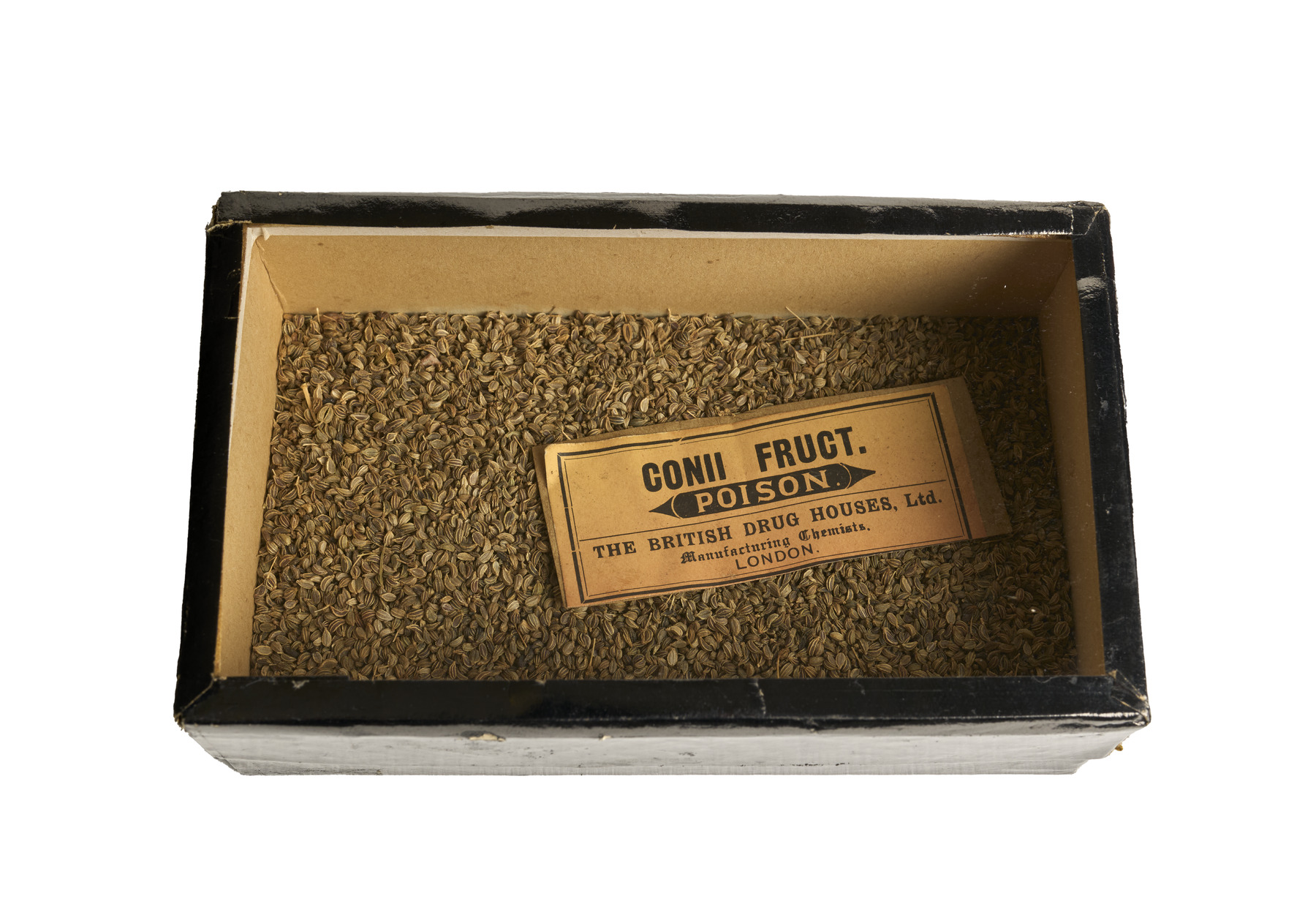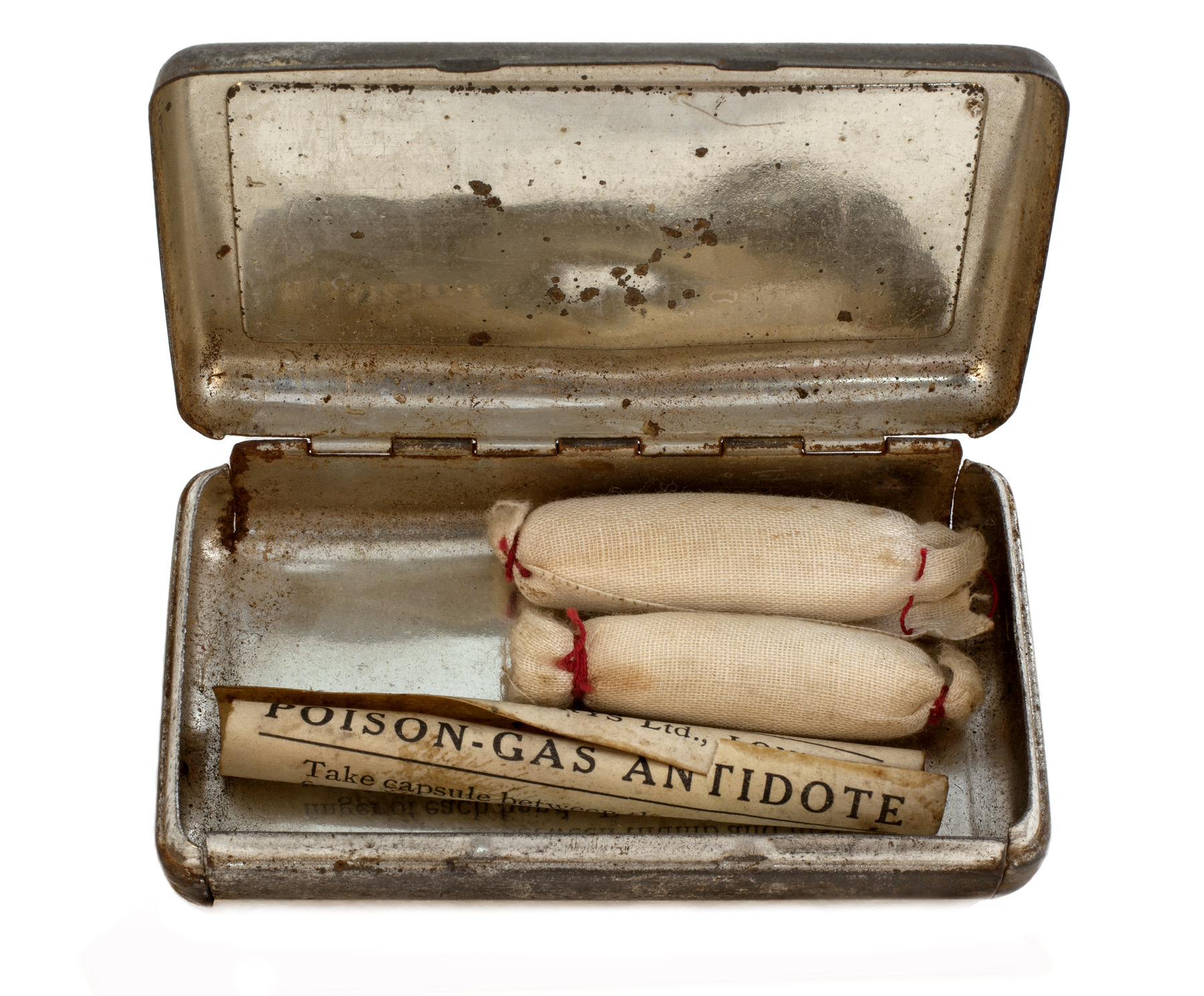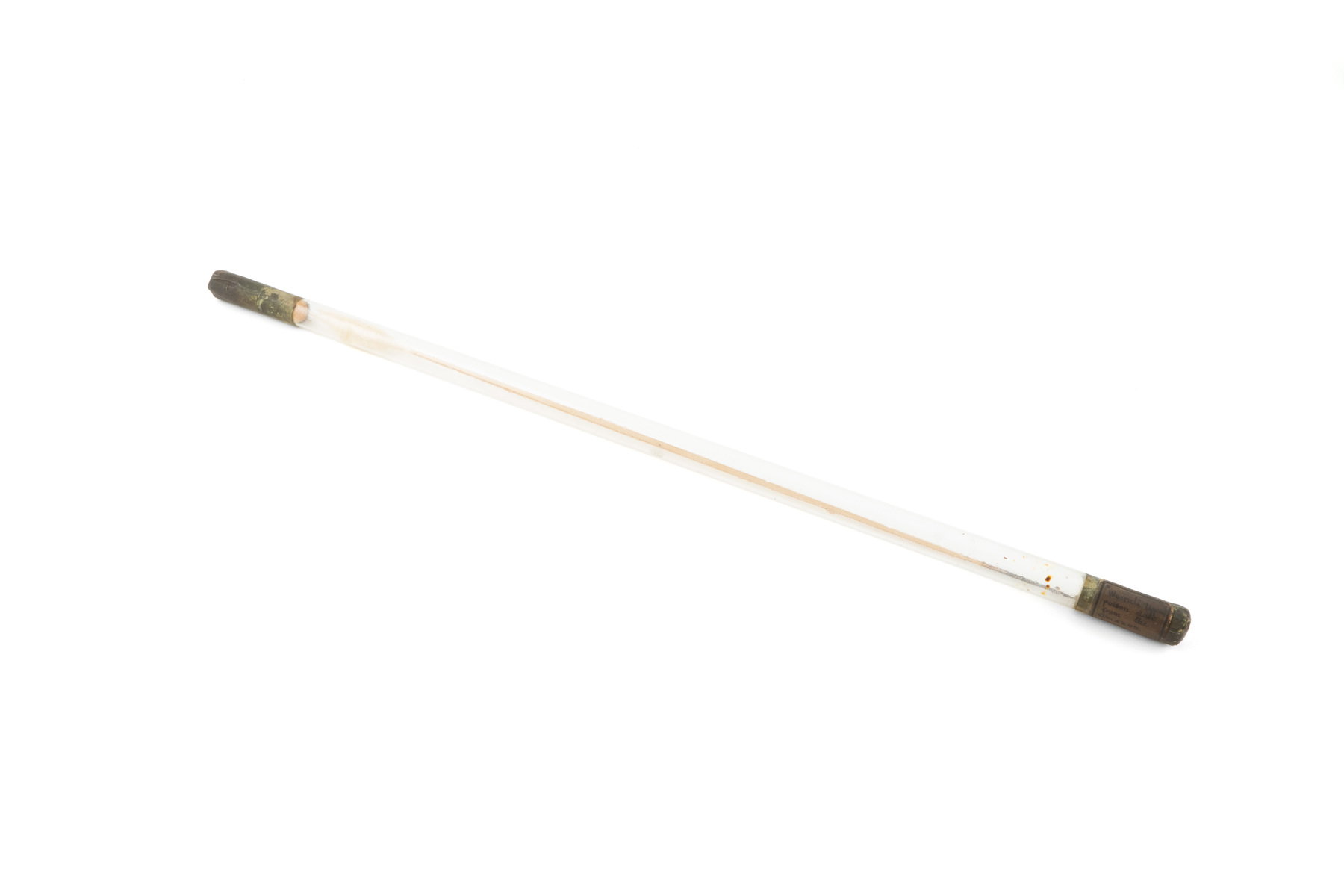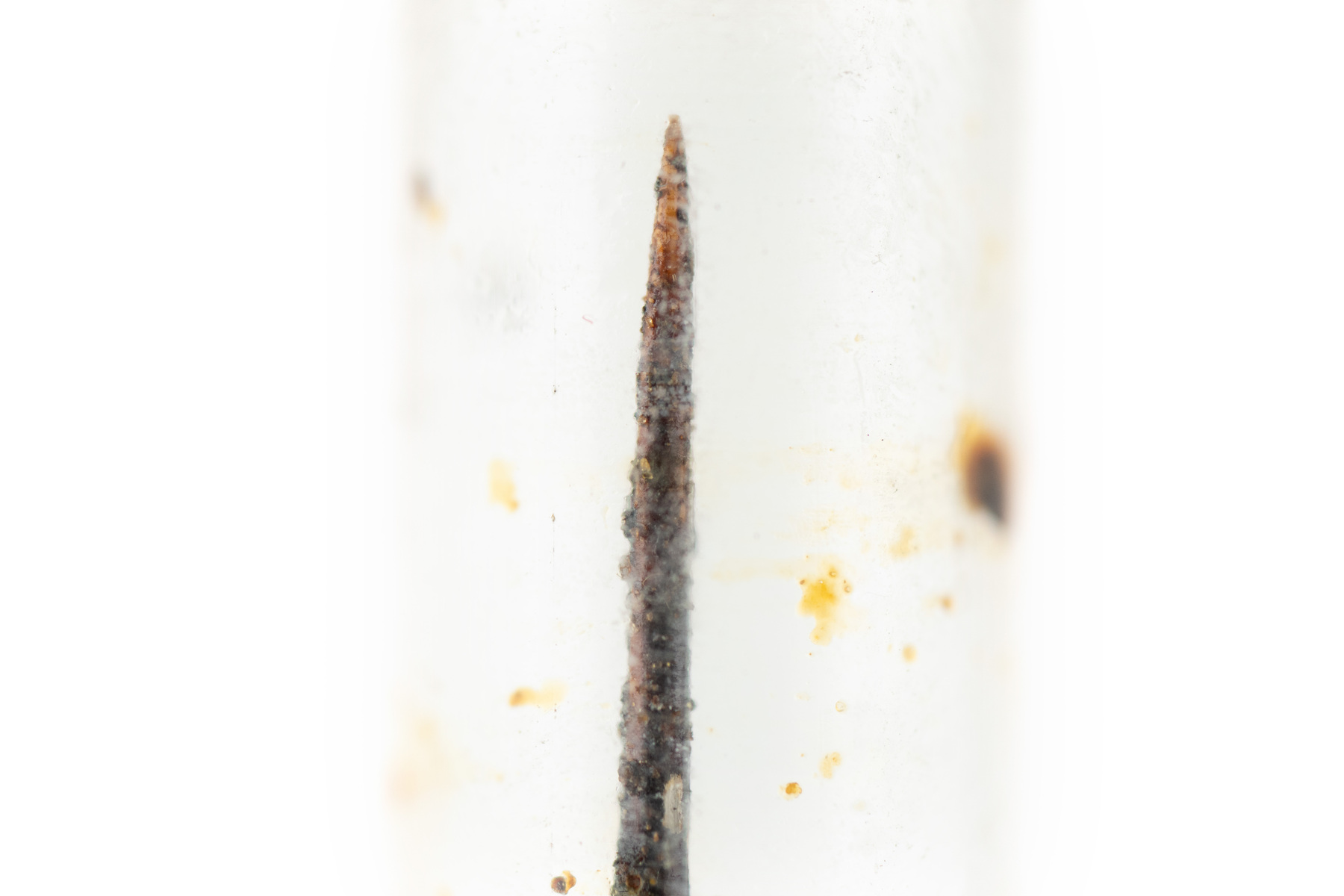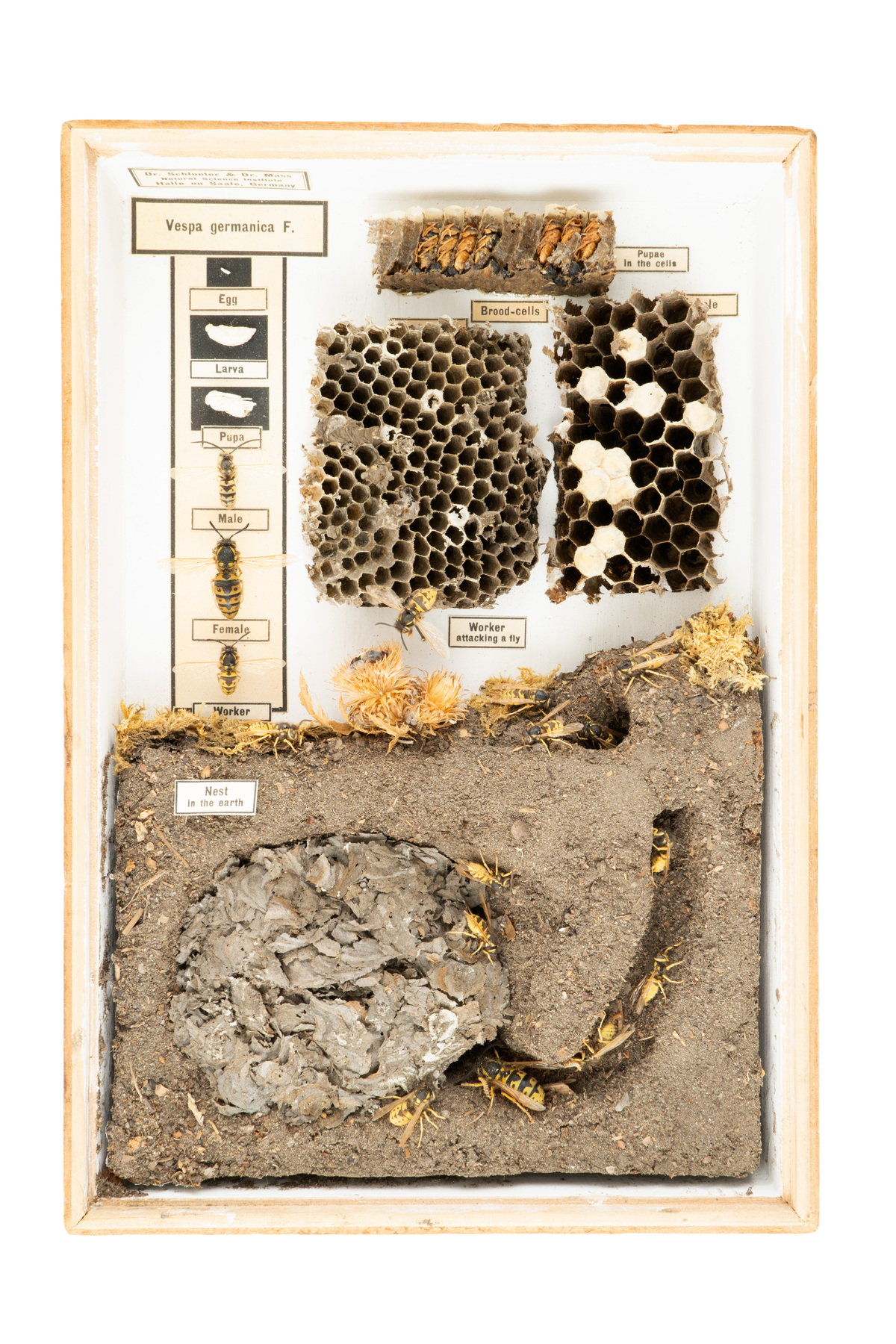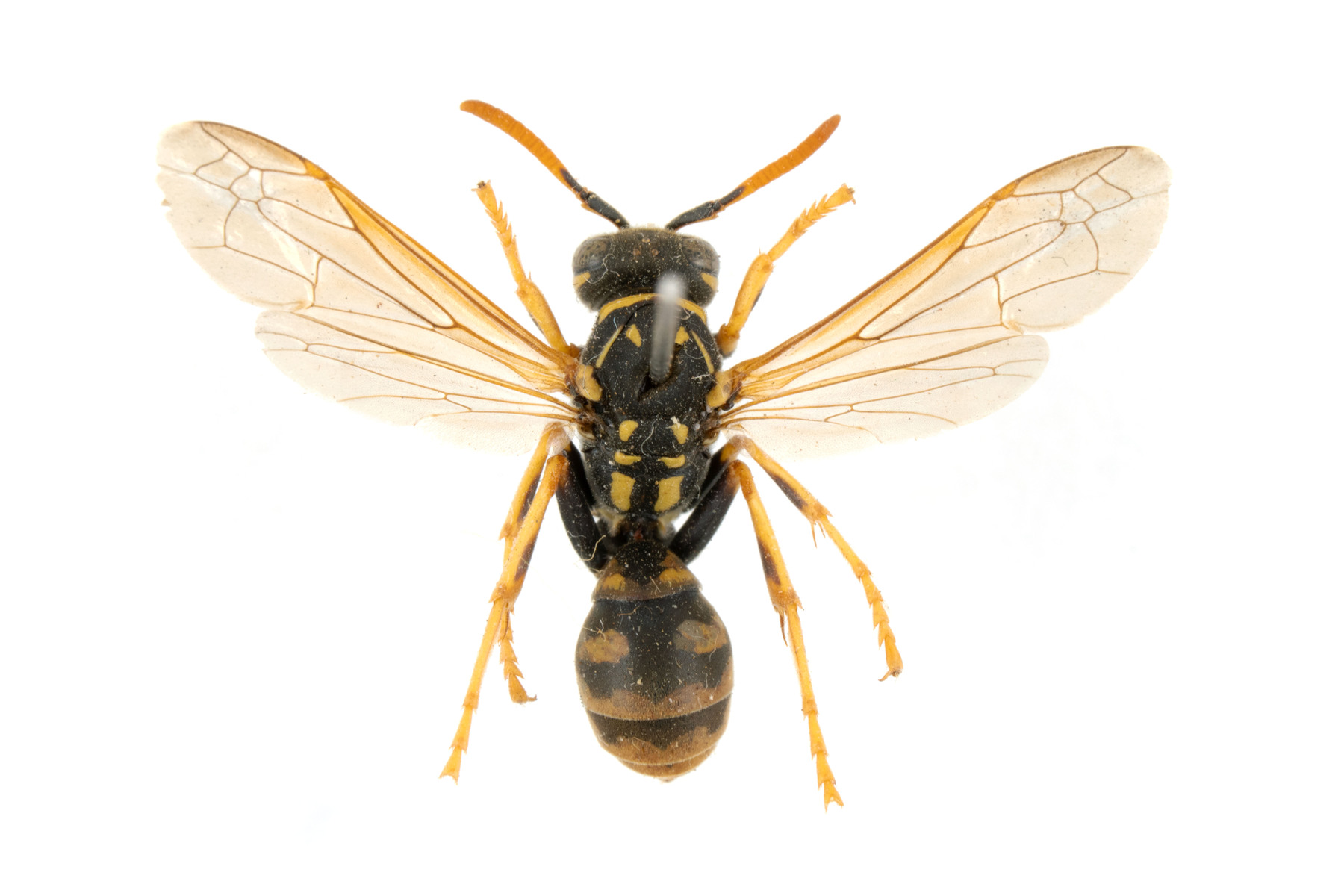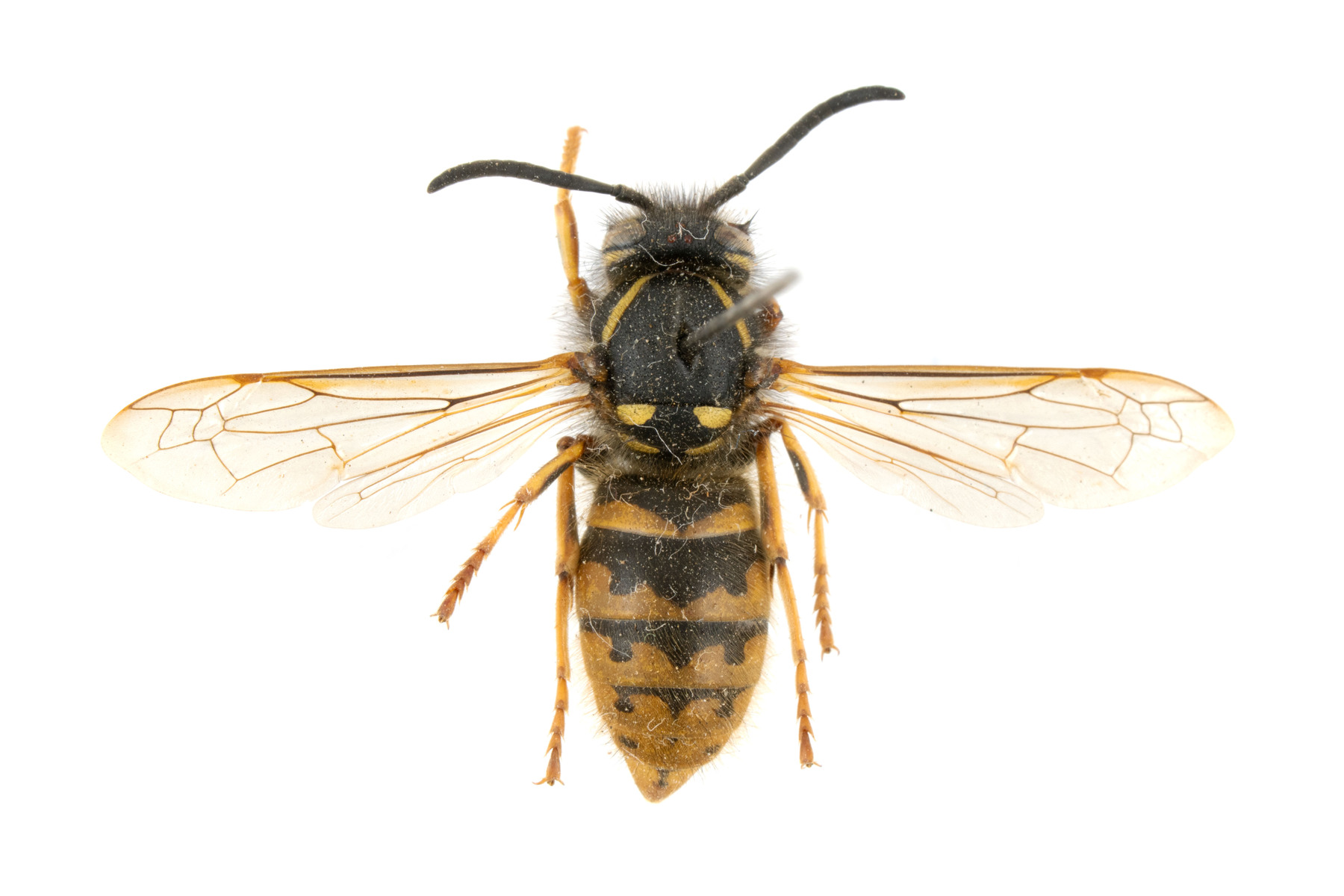Poisons and Conflict

Poison has been used in weapons, hunting and war.
In some cases, poisons can be extremely hard or impossible to detect, and have been used to commit almost untraceable crimes. In these circumstances the dosage of the poison must be considered to achieve the desired results: for example, with arsenic, large amounts are needed to cause a quick death. Weapons containing poison can ensure swift and lethal outcomes, eliminating the need for prolonged combat, and creating the maximum amount of damage. Some examples include the use of poisonous gases in warfare or disabling prey when hunting. Thus, poison can have a significant impact on survival.

Hemlock
With sedative and antispasmodic properties, hemlock was used by ancient Greek and Arab physicians to treat a variety of ailments, including joint pain. However, it is also a poison which affects the nervous system: toxic doses can lead to paralysis and death. The Greek philosopher Socrates was reportedly sentenced to die by drinking hemlock.
ABDUZ:57799

Arsenic ore
Arsenic is a common element which occurs naturally in many minerals. It used to be widely used in the production of pesticides, herbicides and insecticides. However, arsenic is more commonly known for its sinister uses. It has been used for secretly poisoning someone, as it has no odour or taste and the symptoms could easily be mistaken for food poisoning. In large doses it causes diarrhoea, vomiting, cramping and death, and smaller doses over time could cause health issues such as cancer.
ABDUG: Min.11891

Gas antidote
This gas antidote cartridge was produced in Europe during the First World War, to be used when poison gas was deployed on the battlefield. It was used by holding the capsule between thumb and forefinger and inhaling the vapour after the ends have been broken down. Whilst the contents of this publicly sold antidote are unknown, it may have itself been harmful.
ABDUA:37715

Poison dart
Produced in the Amazon region of South America, this poison dart was used in hunting. There are multiple methods of poisoning darts: one method was boiling curare, a toxic plant extract, to create a dark paste that was then applied to the dart tip. When the dart struck an animal, this poison would enter its bloodstream and cause muscle paralysis. This would lead to death by asphyxiation as the prey’s diaphragm became paralysed.
ABDUA:9205

Wasps
This model represents the life stages of a wasp and the inner structure of a wasp nest. Wasps use a stinger as a hunting and defence method. For humans, a wasp sting is usually followed by localized pain, swelling, redness, and itching, unless their immune system reacts to the venom creating an allergic reaction affecting the whole body. When people have allergies, a slow prolonged exposure to small doses of wasp venom may help develop a tolerance to their sting.
ABDUZ:68587


